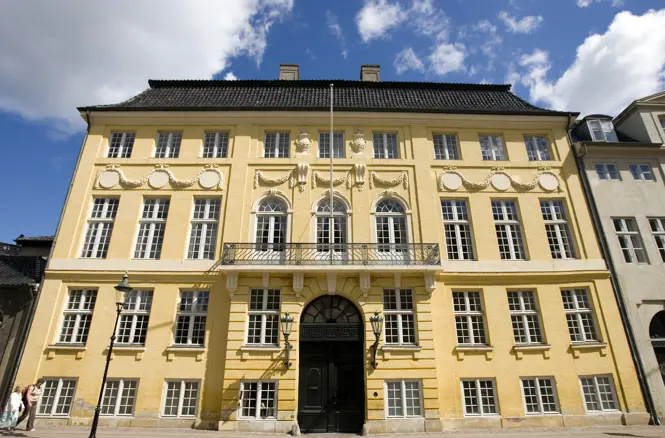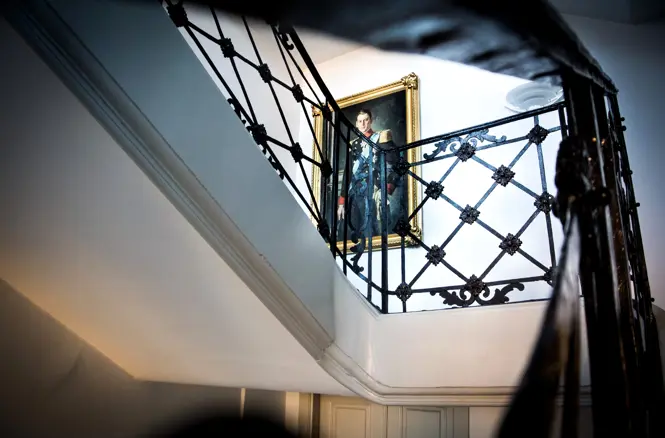
The Court is the term traditionally used for the Royal Family’s administration and household.
Share
The Court is the term traditionally used for the Royal Family’s administration and household and today employs approximately 130 people. The Court consists of employees divided into four royal households. The largest royal households are The Court of TM The King and The Queen and The Court of HM Queen Margrethe. In addition to this, there are The Court of TRH Prince Joachim and Princess Marie and The Court of HRH Princess Benedikte.
Organisational diagram
Get an overview of the various sections of The Royal House of Denmark in the administrative organisational diagram.

